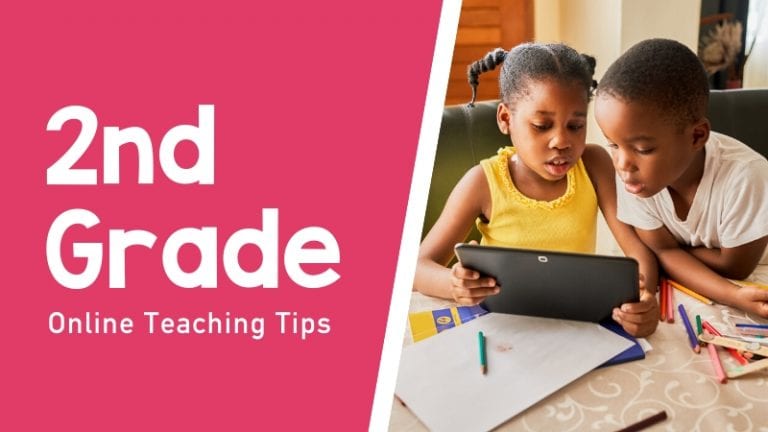 Recently, we’ve heard a lot of talk about reading and writing across subject areas, thanks to the increased focus the Common Core State Standards places on connecting reading and writing skills to classes such as math, science and history. But what exactly do content-area teachers need to know about reading and writing? How can a math teacher identify a struggling reader? To answer these questions and more, we turned to literacy expert Pam Allyn, author of the new series Be Core Ready: Powerful, Effective Steps to Implementing and Achieving the Common Core State Standards. Here’s what she had to say:
Recently, we’ve heard a lot of talk about reading and writing across subject areas, thanks to the increased focus the Common Core State Standards places on connecting reading and writing skills to classes such as math, science and history. But what exactly do content-area teachers need to know about reading and writing? How can a math teacher identify a struggling reader? To answer these questions and more, we turned to literacy expert Pam Allyn, author of the new series Be Core Ready: Powerful, Effective Steps to Implementing and Achieving the Common Core State Standards. Here’s what she had to say:
WeAreTeachers: What does it mean to be a successful reader and writer in subjects other than English? What are the key literacy skills a student uses in math, for example?
Pam Allyn: A successful reader and writer is able to understand informational texts and communicate learning and ideas in a variety of written formats. Communication is the key! True deep literacy is the tool we use to communicate our ideas and to curate ideas of others.
In math, a student must be able to understand what is being asked in a written problem, interpret information found in diagrams, charts, tables and graphs and be able to apply his or her knowledge and skills to convey, with clear, concise communication, the thinking that went into arriving at the solution. Mathematicians often talk about the beauty and structure of a math problem. The reader in math and of math is someone who is attentive to that beauty and able to read both the surface meanings and the deeper meanings of every problem.
WeAreTeachers: In classes such as math, science and social studies, what are some of the signs that a student is struggling with reading issues rather than the subject material being taught?
Pam Allyn: A struggling student may avoid the printed materials, may not finish it in a timely fashion, may produce inaccurate follow-up work to an assignment, or may say he or she does not “get it.”
Struggling readers in the content areas often lack stamina. The text is dense and there may not be helpful visual cues. This is why I am so grateful for new media. When I see online textbooks that link to video and photo images, I know this will be a welcoming relief to my struggling readers and help them build capacity to read on.
With some probing and investigation with the struggling student, a teacher can determine if reading issues are the cause of the problem. When asked to retell the information he or she has read independently, the student will be unable to show comprehension of the material or be unable to answer probing questions. The teacher can then present the material in a different format, e.g., through media, technology, being read to, or hands on experimentation and then have the student retell and answer oral questions. Student partnerships are so helpful. Having students collaborate side by side or virtually helps us get a glimpse into the conversations, the responses and the interactions. Listening carefully to our most struggling students, we can pay close attention to the gaps.
WeAreTeachers: How can subject-area teachers best integrate reading and writing lessons into their lessons?
Pam Allyn: We can choose materials that are at a wide range of reading levels. Authors like Seymour Simon, for example, write across the sciences and use many glorious visuals. Even upper grade students will welcome his kind and thoughtful approach and will not feel embarrassed to read his work, even though the reading levels are simpler than a textbook’s will be.
It’s also important to give students strategies to use while reading, such as text marking, sticky notes, highlighters, circling and/or numbering key words or jotting notes when answers to questions are found. Texts can be read individually, in pairs or as a whole class shared reading experience.
Writing can be integrated naturally through journals or reflective learning logs; taking information learned and recording it in a different form, e.g. text to diagram, tables to text. Teach students how to write informational texts, such as reports, procedures (instructions), arguments (persuasion) and explanations and have them write for different audiences. Creating opportunity for authentic audiences for our students in the content areas is crucial. Have them work together on a class blog on a topic pertinent to the work. Connect to students around the world via online epal systems and focus on content area subjects.
Have available visual references in the room to display the conventions of each genre and word walls with subject vocabulary. Provide strong support at the beginning by modeling the writing activity with the class as a shared writing lesson and gradually release responsibility to the class. For example, a next step might be having students work in groups to create concept maps after reading or to discuss the big ideas learned and then work independently. Working on authentic activities tied to the topic of instruction give value and purpose for the writing activities, for example creating a guide to categories of animals seen at a nature reserve on a field trip.
Both reading and writing in subject areas can be truly inspired by electronic media. Projects can be written, published and presented in short forms, so that our struggling students come to see that even if they cannot write long papers yet, their ideas are important. The world is so open to new ideas; they too can begin to see themselves as innovators of new ideas in math, science and history, rather than just receiving ideas that belong to others. Even this simple shift in seeing themselves as more empowered thinkers who can share quickly will help build stamina as readers and writers in the content areas.
For more ideas on teaching reading and writing across the curriculum, visit this month’s Topic in Education.

